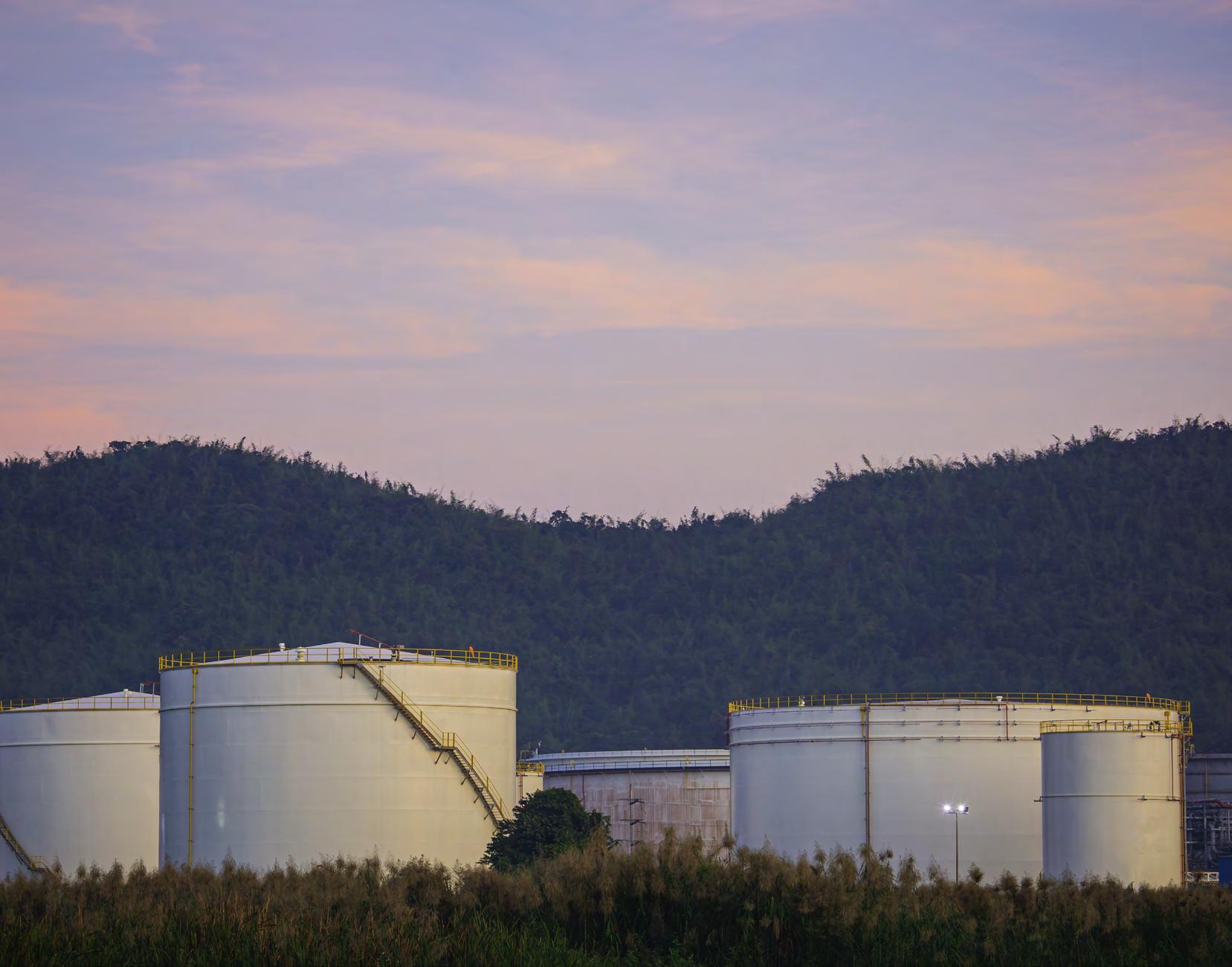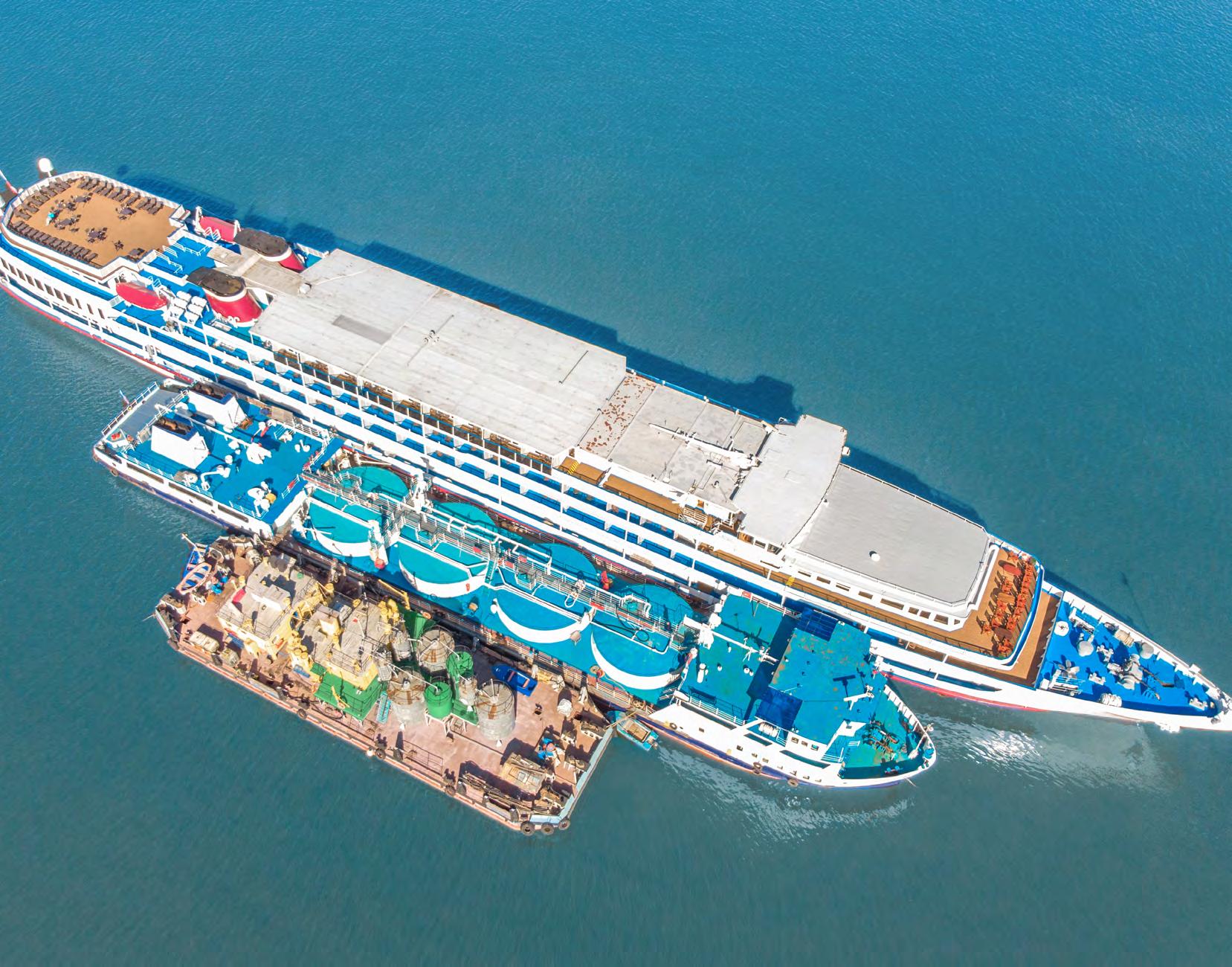23
BALLAST WATER: VIEWPOINT
Konstantinos Dimopoulos, international sales manager at ERMA FIRST, outlines the company’s approach to the aftpeak ballast water tank problem
SOLVING THE AFTPEAK PROBLEM
Konstantinos Dimopoulos International Sales Manager, ERMA FIRST
Aftpeak ballast water tanks typically hold around 5% of the total volume of ballast water onboard a tanker, and play a very different function to a ship’s primary tanks. Yet their crucial role in cooling tube bearings in the vessel’s stern and dampening propeller vibrations means that these tanks are relatively rarely ballasted and deballasted – while the risk of oil contamination from adjacent cargo tanks means they are completely separated from primary tanks. As aftpeak tanks are covered by ballast water rules, and therefore must have a ballast water treatment system (BWTS) that meets required treatment standards installed, they represent a unique challenge not met by most conventional BWTS. Tanker owners must either find a practical solution, in terms of scale, complexity, and cost, or decommission these aftpeak tanks – and lose their functionality. Most BWTS use a two-step process to treat water, with water first filtered through a specially-designed system before
C L E A N S H I P P I N G INTERNATIONAL – Summer 2022
going through either UV treatment or electrochlorination. This delivers reliable and cost-effective treatment at the scale required for a large ship’s primary ballast water tanks. However, these systems pose real problems when treating tanks only a fraction of the size of those primary tanks – even when the systems are miniaturised. Two-stage ballast water treatment creates efficiencies when dealing with large amounts of water. However, these efficiencies do not work on a smaller scale; filters take up precious space, while the UV or electrochlorination systems have minimum footprints in terms of both space and energy use. As aftpeak ballast water systems must be installed in a busy and crowded lower aft engine room, space is at a premium. The logistics of re-arranging or amending existing systems to meet a BWTS’ requirements is inherently expensive, and in extreme cases could easily double a shipowner’s installation costs.











